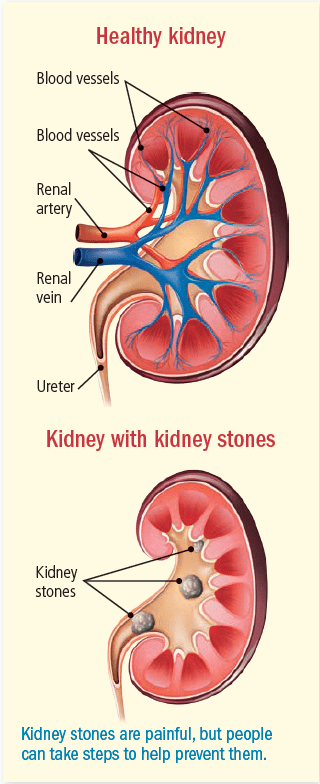The term lithotripsy combines the greek words litho stone and tripsis friction or rubbing.
Side effects of kidney stone lithotripsy.
It is favored over surgical removal.
You may also have bruising and discomfort in your back or abdomen.
Shock wave lithotripsy swl is the most common kidney stone treatment.
Lithotripsy uses sound waves to break up large kidney stones into smaller pieces.
Bleeding around the kidney infection.
Shock wave lithotripsy for kidney stones can cause side effects such as cramps or blood in your urine.
The remaining particles of small stone will exit the body when a.
Swl is the least invasive and least risky approach to stone treatment.
Shockwave lithotripsy swl is a noninvasive procedure for breaking up kidney stones with high energy shock waves.
Lithotripsy is a procedure that uses sound waves to break up stones in the kidney ureter or bladder.
The stone pieces then pass out of your body through your urine.
Lithotripsy is a medical routine in which shock waves are used to break the kidney stones gall bladder stones or the stones that are formed in the ureter lithotripsy makes sure that the hardened masses in the different organs are reduced to tiny pieces that can be easily carried by urine outside the body.
It s noninvasive which means no cuts are made to your skin.
You may have blood in your urine for 1 to 2 days after the procedure.
Lithotripsy is a medical procedure that uses shock waves or a laser to break down stones in the kidney gallbladder or ureter.
Lithotripsy is advantageous as a method of kidney stone removal because it does not require surgery and has a 70 to 90 percent success rate in good candidates.
It works best for small or medium stones.
More serious problems are less likely but can include.
Lithotripsy treats kidney stones by sending focused ultrasonic energy or shock waves directly to the stone first located with fluoroscopy a type of x ray movie or ultrasound high frequency sound waves.
Many people develop stones in their kidneys gall bladders and ureters.
These sound waves are also called high energy shock waves.
The most common form of lithotripsy is extracorporeal.

